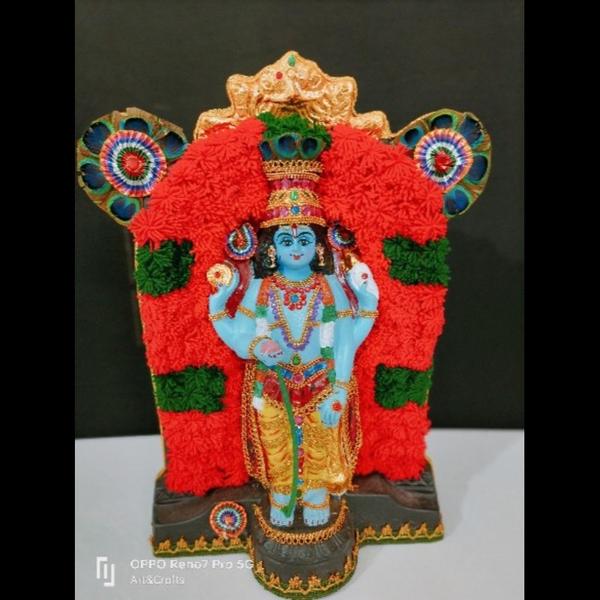
Nettipattam wall decor/Elephant caparison buy o...

Nettipattam wall decor/Elephant caparison buy online low cost The Nettipattam is crafted using intricate designs and colorful embellishments. It is usually made of metal, often silver or brass, and is adorned with decorative motifs such as peacocks, lotus flowers, and traditional patterns. These motifs are often intricately engraved or embossed onto the metal surface, giving the Nettipattam a regal and majestic appearance. craftsmanship involved in making Nettipattam has evolved, incorporating modern techniques and materials while preserving its traditional essence. Today, Nettipattam continues to be an integral part of religious and cultural celebrations in Kerala, attracting admirers from all over the world with its exquisite beauty and symbolism. Symbolism and cultural significance associated with nettipattam include: Royalty and Prestige: Historically, elephants were associated with royalty and were used by kings and nobles in processions and battles. The nettipattam, often adorned with intricate designs, jewels, and bells, symbolizes the regal status and grandeur of the elephant and its owner. Divine Representation: In religious processions and temple festivals, elephants are often considered sacred and are believed to embody the presence of deities. The nettipattam, with its elaborate embellishments, serves to enhance the elephant's divine appearance and signifies its role as a carrier of gods and goddesses. Protection and Blessings: The decorative elements of the nettipattam, such as mirrors, bells, and colorful ornaments, are believed to ward off evil spirits and bring blessings and prosperity. It is also thought to bestow good luck upon the community and spectators gathered to witness the procession. Cultural Heritage: Nettipattam is deeply rooted in South Indian culture and tradition, particularly in Kerala. It reflects the rich artistic heritage of the region and is considered an integral part of religious and cultural festivities, including temple rituals, processions, and ceremonial events. nettipattam holds profound symbolism and cultural significance in South Indian tradition, serving as a symbol of royalty, divinity, protection, and community identity, while also showcasing the artistic heritage and aesthetic sensibilities of the region.
Keywords
Subscribe for latest offers & updates
We hate spam too.

